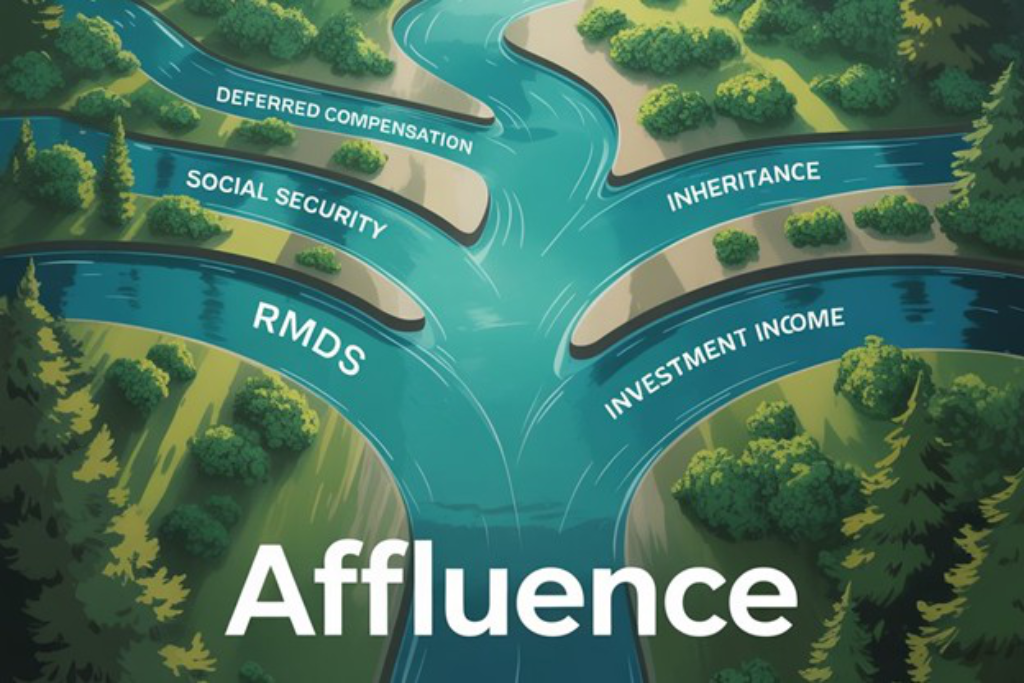Twists and Churns: Annuities No Sure Path to Retirement Readiness

On every path to retirement security, there should be a blinking sign that reads: “Annuities This Way: Proceed at Your Own Risk.” Which is an entirely appropriate retirement planning thought.
What’s your appetite for investment risk? If you’re risk averse, it would appear that annuities are an iron-clad, guaranteed, safe investment option. They may be. They may also rope the plan participant into needlessly long investment commitments for which investors pay excessive fees. But not always.
That’s the problem with annuity contracts: too few investors know exactly what they’re buying. And that makes the annuities route to retirement a difficult one to navigate.
Consider this scenario that we hear about all too often: a plan provider invites an investment representative to meet with individuals in the organization’s 401(k) or 403(b) plan. Shortly thereafter, the plan provider notices a pattern of employees aged 59-1/2 or older making in-service withdrawals to purchase annuities. These employees authorize the movement of a portion of their retirement savings balance from low-cost, effective investment vehicles to lock it up in the higher cost, potentially limited effectiveness of an annuity.
In this scenario, the representative receives a financial incentive for selling annuities. (Which should call for another blinking sign. Caution: Conflict of interest ahead.)
In this case, the employer believes they are paying for administrative and education services—all to benefit employees. What the employer doesn’t realize is that the sales rep is receiving additional compensation for selling annuities outside of the plan.
This has been a prevalent practice at many firms, and one of the many compensation conflicts for which companies have been penalized.
According to the Wall Street Journal in a recent report, “Among employees, 2015 became known as ‘the year of the annuity’ because advisers would push clients into these higher-fee products to meet their revenue targets. Some advisers would redeem clients from annuities that had large surrender charges and place them into another product with annual fees of 1% to 1.5%, a practice known as churning, employees said.”
Every Twist and Churn
The practice of redeeming an annuity to reinvest it in another annuity is often called “churning.” Investors may owe additional premiums or lose value on the policy they previously owned, all while the sales rep collects a commission from selling a different policy.
In a related practice called “twisting,” reps convince clients to exchange an annuity from one company for an investment product in another. Often, the new product is worth less, and the investor may also pay a costly surrender charge.
In both scenarios, it’s not the product that is necessarily flawed. The guaranteed return of an annuity can make it a sensible part of a person’s portfolio. But every investor is entitled to a straight answer on the costs of the annuity, its expected return and the penalty for early surrender.
A Straighter Path
Consider the trade-off, or the price an investor pays for the security of an annuity product.
For example, a typical variable annuity has fees of 2% including internal fund expenses. Compare this to low cost mutual fund expenses of under 0.5%. By investing $100,000 in an annuity with costs of 2% per year for 10 years, investors end up with roughly $20,000 less than if they had invested in a mutual fund with costs of 0.5% a year.
When these products are sold to teachers or prospective retirees with substantial pensions, the purpose of the annuity (guaranteed income at retirement) may be needlessly duplicated while the cost of annuities eats into the size of the non-pension nest egg these prospective retirees are counting on.
Granted, mutual funds don’t guarantee protection of principle or minimum returns on investment, but most balanced mutual fund fees are a fraction of even the least expensive annuity costs, and, over longer time periods, achieving a 1-2% return or sometimes better in a mutual fund has been an entirely reasonable expectation.
Knowledge is the Better Guide
Annuities may have a place in an investor’s portfolio, but not unless investors know how the annuity works, what the annuity costs, and how it benefits their retirement portfolio. Getting a straight and complete answer may be challenging.
Be aware that most agents and sales reps are compensated for the products they sell, not the advice they dispense. But a fiduciary working on behalf of plan sponsors and their participants can help to educate employees and provide advice that is conflict-free and impartial, and a more reliable route to retirement readiness.
Highland Consulting Associates is celebrating its 25th year of serving our clients with objective, conflict-free counsel. Call us if you’d like to learn more about our programs to help educate retirement plan participants on their investment options.



